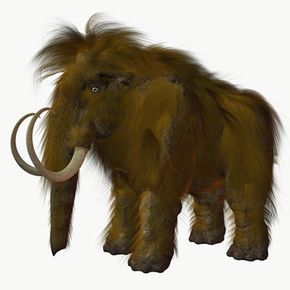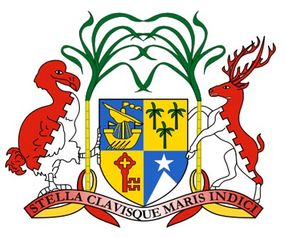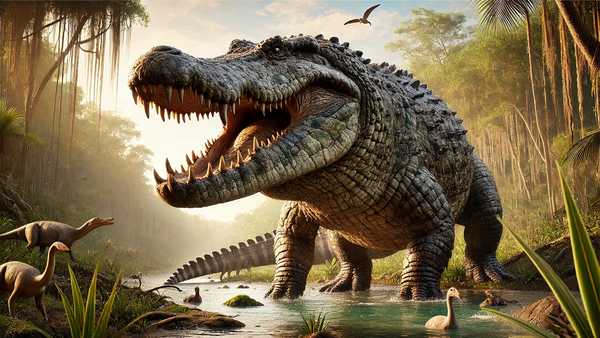The dodo -- an extinct bird made famous in traveling exhibitions and works of fiction -- may be ready for a comeback. In early July 2007, scientists working on the island of Mauritius, east of Madagascar off of the coast of Africa, announced the discovery of the best preserved dodo skeleton ever found. It appears complete and is one of only two of the extinct bird that's been unearthed. The find, which was kept secret for several weeks while the site was examined and the skeleton collected, may provide valuable DNA samples.
The new dodo skeleton is particularly exciting because it was found in a cave, which helped to preserve the specimen and, scientists hope, its DNA. Many dodo bones have been discovered in Mauritius' swamps, but the swamp environment has a corrosive effect on the bones. The only other dodo DNA came from a 15th-century skeleton brought to Britain from Mauritius. That sample allowed scientists to determine the bird's relationship with other birds. The study revealed that dodos are related to many types of pigeons and doves. The new skeleton may reveal even more information about the dodo, including a more complete version of the animal's genetic code. This find raises the question: Could scientists resurrect the dodo bird?
Advertisement
First, let's get to know the dodo, an animal that continues to live quite a life in popular culture and our lexicon, even after its extinction more than 300 years ago. Dutch and Portuguese explorers discovered dodos in 1598, and the bird went extinct about 80 years later. Living in the forests of Mauritius, dodos grew to about one meter (three feet, three inches) in length and weighed up to 20 kilograms (44 pounds) [Source: Peter Maas]. Their feathers varied from white to shades of gray and black, and they had a large beak that was almost swollen in appearance. Recent analyses show that, contrary to common belief, dodos probably weren't excessively fat, round birds. Instead they were thinner and more proportionate to other birds, though their short legs may have made their bodies seem larger than they were.
Beth Shapiro, a scientist at Oxford University, told National Geographic that "dodos were essentially fat pigeons" [Source: National Geographic]. But many explorers' accounts of the birds as stupid or clumsy are colored by the fact that dodos had no natural predators on Mauritius. Because they lived without fear of attack, dodos had no reason to fear people and sometimes approached them. Eating lots of low-lying food -- dodos had an omnivorous diet of fish, seeds and fruit -- made them plump and also removed the evolutionary imperative to fly. Over time, dodos' wings became shortened and they lost the ability to fly. The lack of flight combined with other strange actions, such as eating small rocks (which scientists now believe aided in digestion), contributed to dodos' appearance as stupid, lazy birds. Instead, they hunted fish, had a strong bite and kept the same partner throughout life, with both animals helping to raise the couple's young.
The dodo went extinct because of one reason: humans. Portuguese and Dutch explorers introduced dogs, rats, pigs, monkeys, cats and other animals to Mauritius. These animals ate the birds' eggs, which were laid on the ground. Humans hunted the dodos for food, even though the meat reportedly wasn't very flavorful, and took many dodos abroad to be displayed in exhibits. Eventually, the bird and its eggs were hunted to extinction.
On the next page, we'll look at whether the dodo can be brought back to life -- and if it's ethical to do so.
Advertisement





